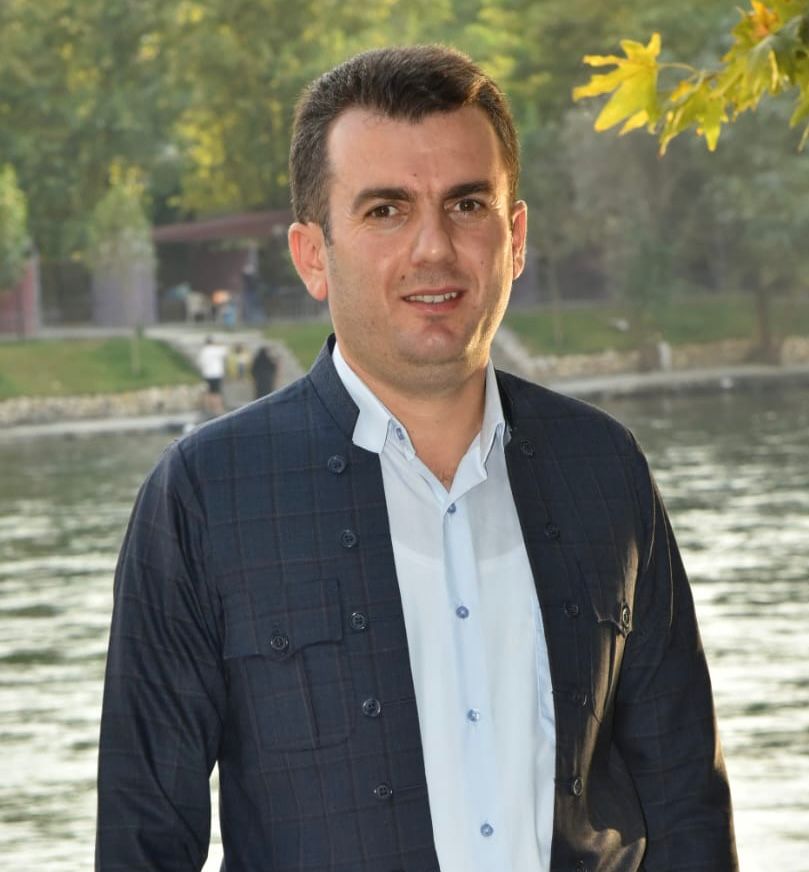Goranga’s restored water mill blends history and tourism, offering a unique cultural experience in the heart of Kurdistan’s rugged landscape.
By M.Y. Gharib Ali Salim
Goranga Water Mill: Reviving heritage and tourism in Kurdistan
Goranga’s restored water mill blends history and tourism, offering a unique cultural experience in the heart of Kurdistan’s rugged landscape.
M.Y. Gharib Ali Salim
PhD Student in Tourism Marketing / University of Sulaimani
The Goranga Water Mill, located in the historic Goranga Village under the Basna sub-district of Chwarqurna district, about 25 km from Chwarqurna center and 56 km from Sulaymaniyah city, stands as a symbol of ancient life and culture in the Kurdistan Region.
This remote village, nestled at the foot of a mountain in a deep valley, is surrounded by lush orchards and forests, with abundant natural water flowing through its fields, creating a landscape reminiscent of an earthly paradise.
The village’s history stretches back thousands of years, evidenced by its rich agricultural traditions. Goranga’s residents have long relied on farming and livestock, cultivating orchards of pomegranates, walnuts, grapes, and other fruits, alongside vegetables like tomatoes, tobacco, cucumbers, and okra. They also grow grains like wheat and barley, using traditional oxen plowing and threshing methods, which remain practical due to the steep, mountainous terrain.
After the Kurdish uprising in 1991, the villagers returned to rebuild their homes, revive their orchards, and restore their springs and underground water channels. Over the years, the Kurdistan Regional Government (KRG) and various organizations have provided critical infrastructure, including electricity, water, schools, roads, and mosques. Today, the village is home to over 12 families, each with their own house, with many other families retaining homes in the area.
The Goranga Water Mill, one of the village’s most significant cultural heritage sites, highlights the deep historical roots of this community. This ancient mill once served surrounding villages as a crucial grain-grinding site. It operated continuously until 1998, when it fell into disrepair. However, many of its original components survived, preserving the mill’s historical character.
In 2022, the Karimi Alaqa Foundation restored the mill at a cost of $8,000, creating a dedicated milling room with traditional tools, including reed, stake, lever, fan, and millstones. The room, measuring 4m wide, 7m long, and 2.5m high, with 50cm thick stone and cement walls, reflects the architectural style of the region. An adjacent room was also built for the miller, adding a practical and historical touch to the site.
Today, the Goranga Water Mill is more than just a functional structure; it is a living museum that captures the spirit of the region’s agricultural past. Beyond its picturesque setting, the mill offers potential for cultural tourism, providing an authentic, hands-on experience for visitors interested in the region’s rich history.
Additionally, the village’s favorable climate supports beekeeping and other agricultural activities, further enhancing its potential as a destination for eco-tourism. The natural beauty of the area, combined with its historical landmarks, makes it a promising location for tourism projects that can boost the local economy and preserve the region’s cultural heritage.
For Goranga to reach its full potential as a tourist destination, it needs continued investment in infrastructure, effective marketing, and the development of tourism services. Private and public partnerships will be essential for turning this hidden gem into a sustainable tourist hub, providing modern accommodation and promoting cultural and heritage tourism throughout the region.

